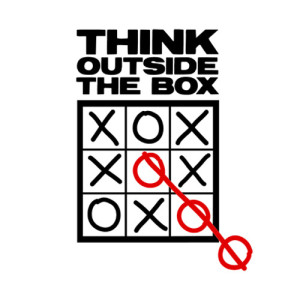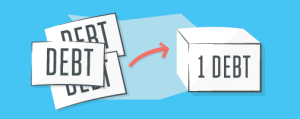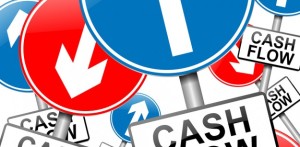 Last week I wrote a post about ways a homeowner can use the equity in their home to consolidate and transfer their credit card debt to a more efficient method of financing. But not everybody owns a house and not everybody that owns a house has enough equity to allow them to utilize that strategy.
Last week I wrote a post about ways a homeowner can use the equity in their home to consolidate and transfer their credit card debt to a more efficient method of financing. But not everybody owns a house and not everybody that owns a house has enough equity to allow them to utilize that strategy.
This week I want to consider other ways of consolidating debt by transferring that debt to potentially more efficient methods of financing. To get out of debt as quickly as possible while reducing the amount of interest you pay along the way, it is necessary to think outside the box and get creative.
Many banks and credit unions offer personal loans, also known as signature loans. Personal loans are unsecured loans and don’t require any collateral (i.e., house, car, etc…). These loans use only the borrower’s promise to pay as collateral as well as their signature on the paperwork. The repayment terms can range from 12 to 60 months and are based largely on an applicant’s income, credit history, and credit score. Interest rates on signature loans will normally be higher than other products due to the lack of any real collateral, but are typically lower than credit cards.
Similar to a personal loan and growing in popularity is Peer-to-Peer lending. A Peer-to-Peer loan is essentially a personal loan from a private lending source instead of a bank or credit union. Qualifying for a Peer-to-Peer loan is very similar to a personal loan, as are the loan terms, but the process tends to be more streamlined and interest rates may be more favorable.
While I am not a big advocate of borrowing from a 401(k) because of the potential risks involved, if an employer’s 401(k) plan allows loans, a participating employee may be able to borrow up to the lesser of $50,000, or 50% of their current account balance. There is no credit or income qualifying required and interest rates tend to be very low. The loan is repaid over 5 years and is typically deducted from the employee’s paycheck.
 If you own a car, truck, motorcycle, or recreational vehicle and have equity in the vehicle you may be able to refinance and obtain cash to pay down or payoff your credit card debt. Refinancing a car is just like refinancing a mortgage. Your ability to qualify is based on your income, credit history, credit scores, and the amount of equity in your vehicle. Interest rates tend to be relatively low and repayment terms can range from 12 to 60 months.
If you own a car, truck, motorcycle, or recreational vehicle and have equity in the vehicle you may be able to refinance and obtain cash to pay down or payoff your credit card debt. Refinancing a car is just like refinancing a mortgage. Your ability to qualify is based on your income, credit history, credit scores, and the amount of equity in your vehicle. Interest rates tend to be relatively low and repayment terms can range from 12 to 60 months.
If you have a cash value life insurance policy you may be able to use the cash value in your policy as collateral and borrow up to 90% of your account value, with no qualifying required, at low interest rates, and enjoy the most flexible repayment terms of any type of borrowing.
Although not as popular as they once were, some credit card providers offer 0% interest rate credit cards. The 0% interest rate is typically an introductory interest rate and is only good for a limited time. Some introductory periods are for a period of months and some are good until the transferred balance is paid in full. Balance transfer fees typically apply. Transferring a higher interest rate existing balance to a 0% credit card can reduce your interest cost and accelerate the timeline for account payoff.
 Each of these consolidation methods will typically result in a lower overall monthly payment and any monthly savings can be used to accelerate the payoff of this debt without increasing the total of your monthly payments.
Each of these consolidation methods will typically result in a lower overall monthly payment and any monthly savings can be used to accelerate the payoff of this debt without increasing the total of your monthly payments.
The sooner you can get out of credit card debt and stop paying non-preferred interest the sooner you can begin putting your hard earned money to work for you funding the priorities that are important to you.
We have many common and uncommon strategies for getting rid of consumer debt. If you would like our help improving your financial health call us to schedule a time to discuss your specific situation.
Leave a Comment